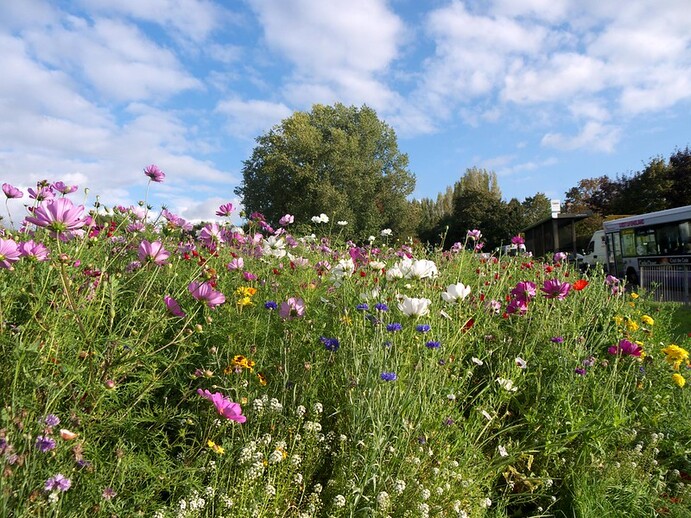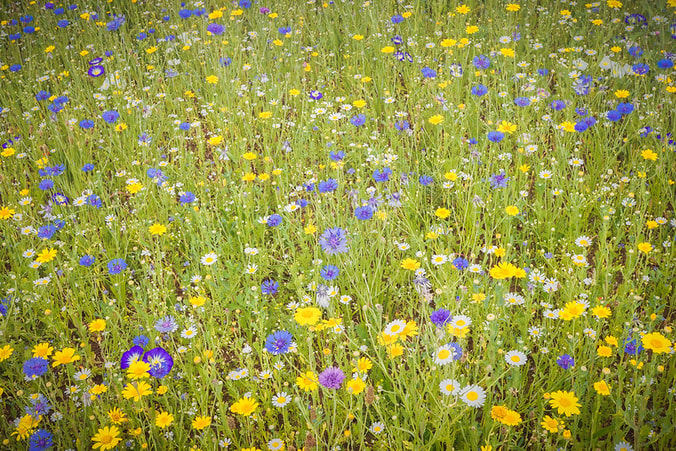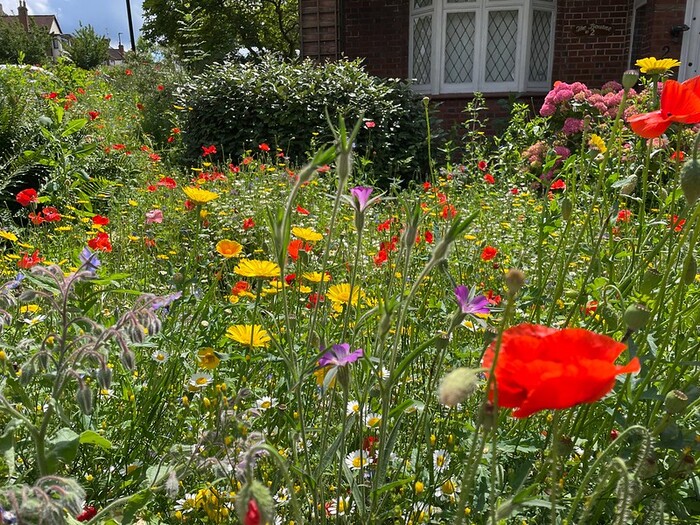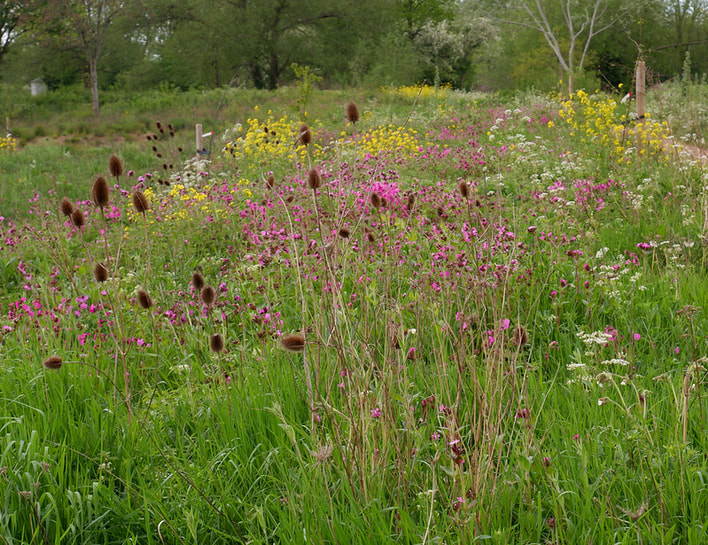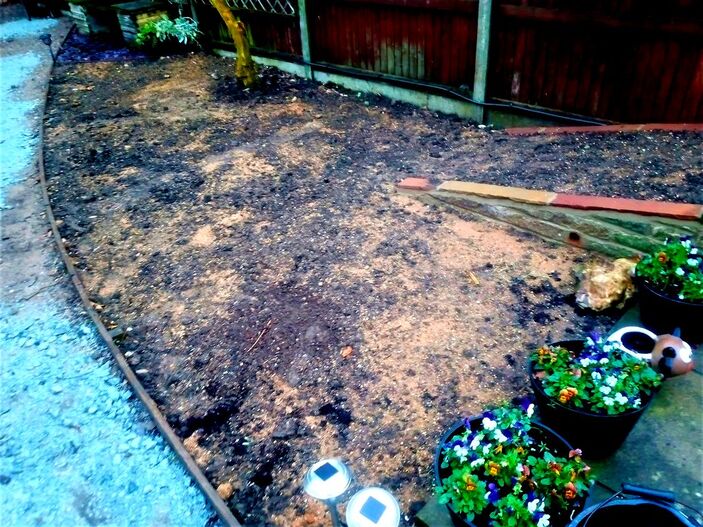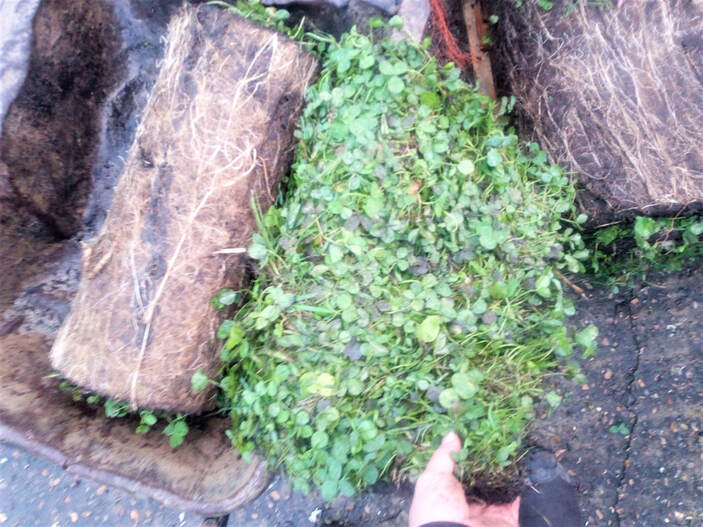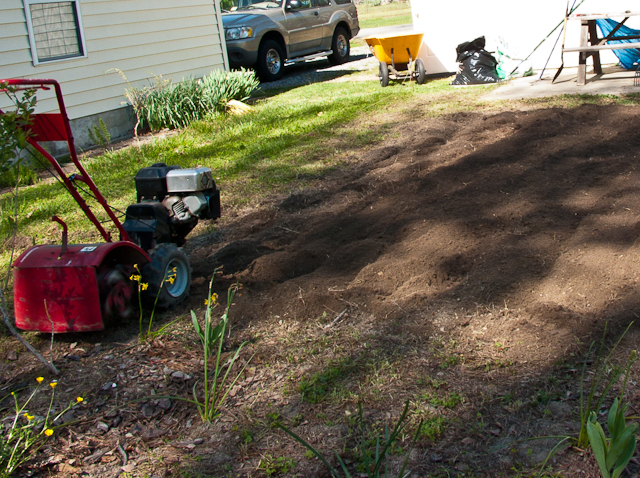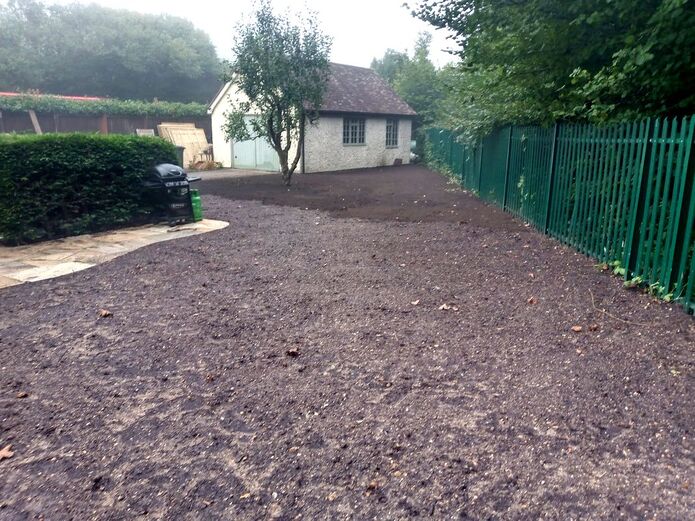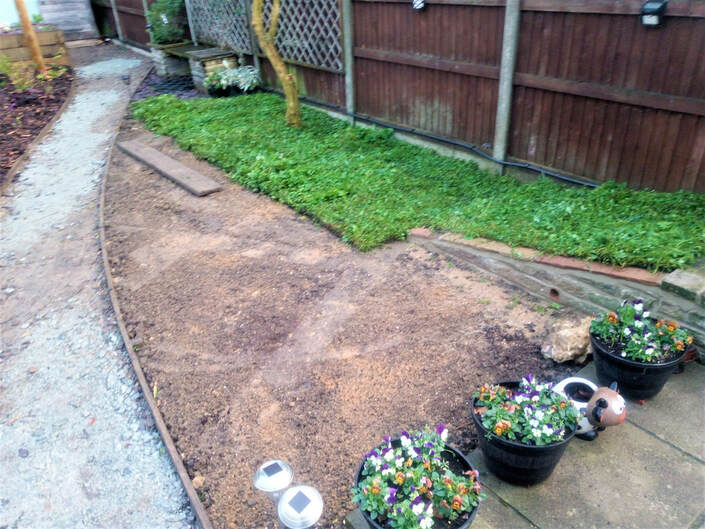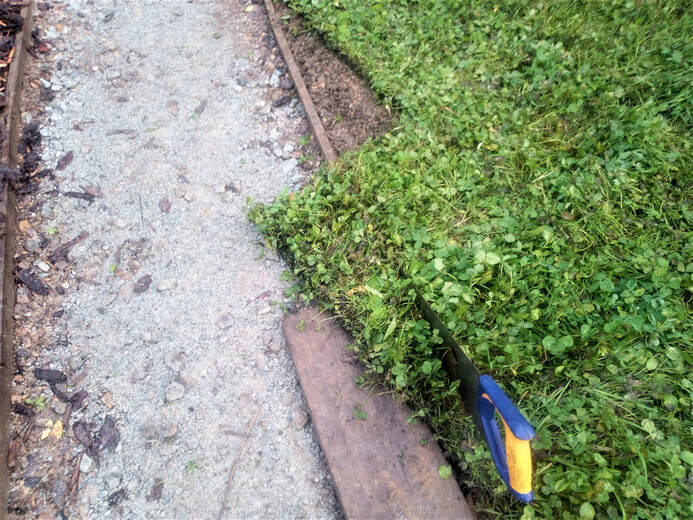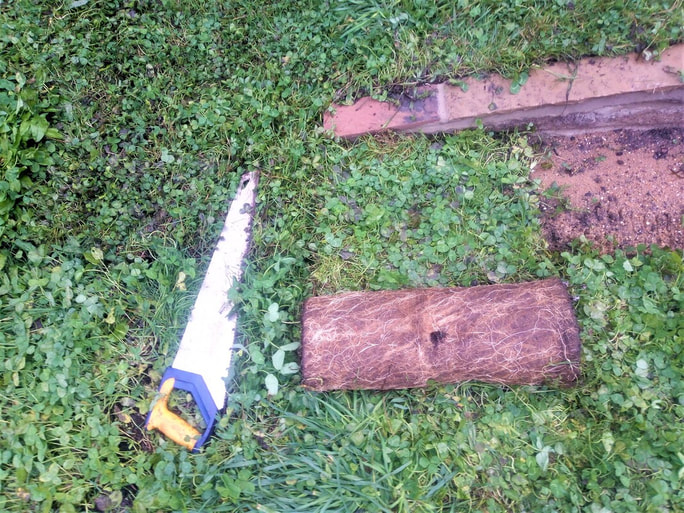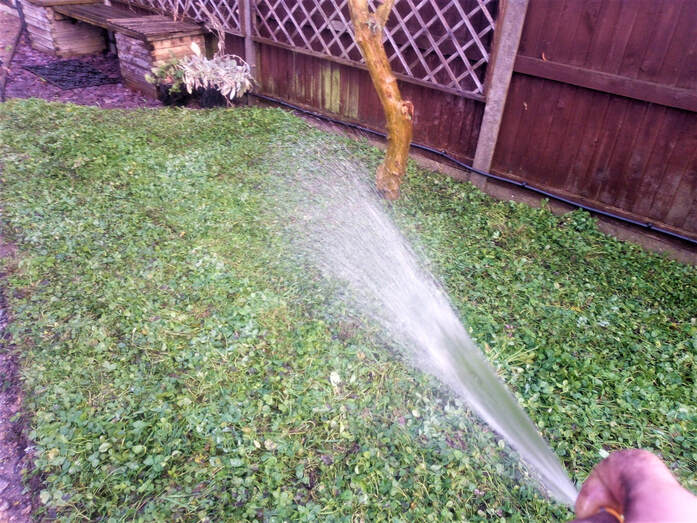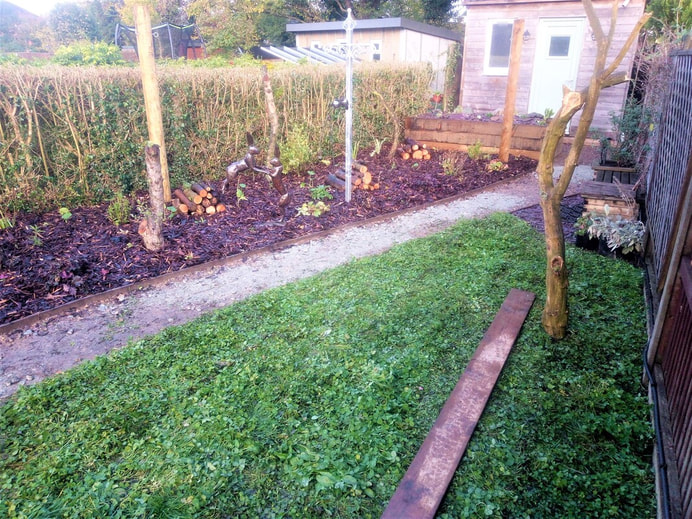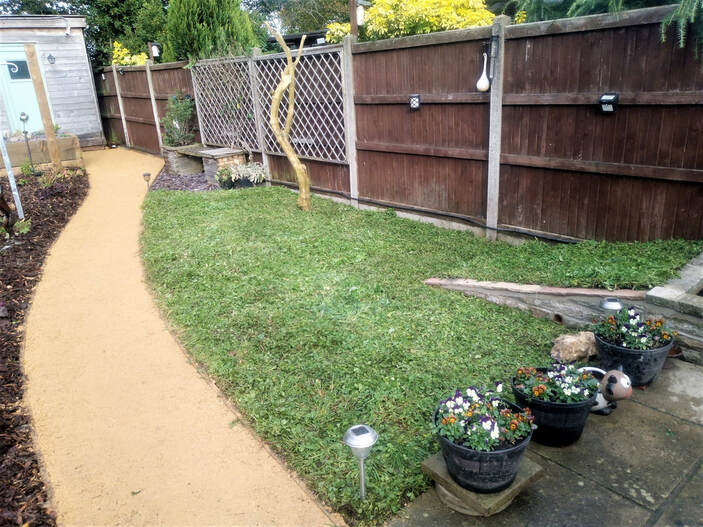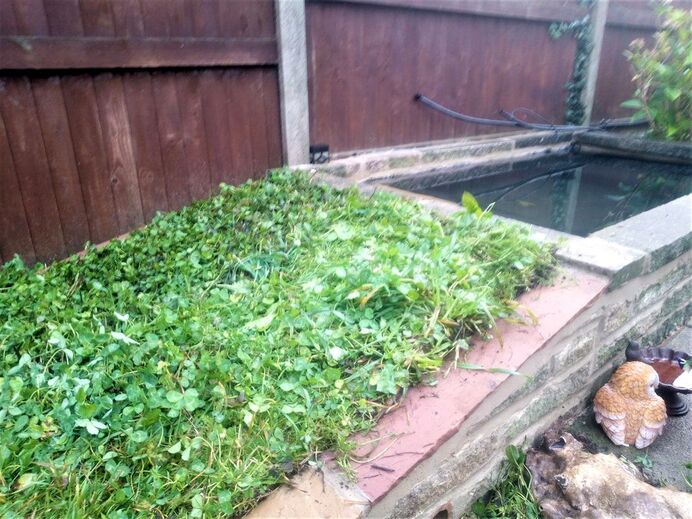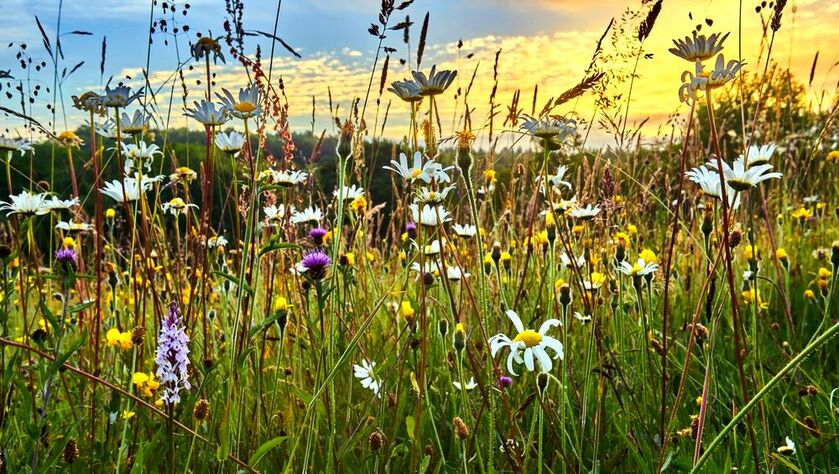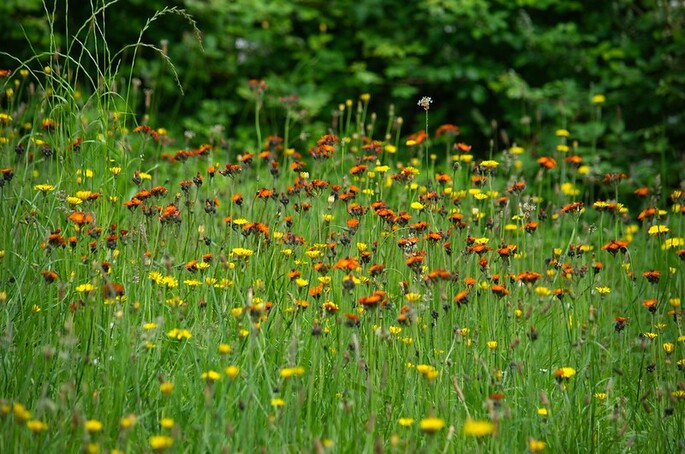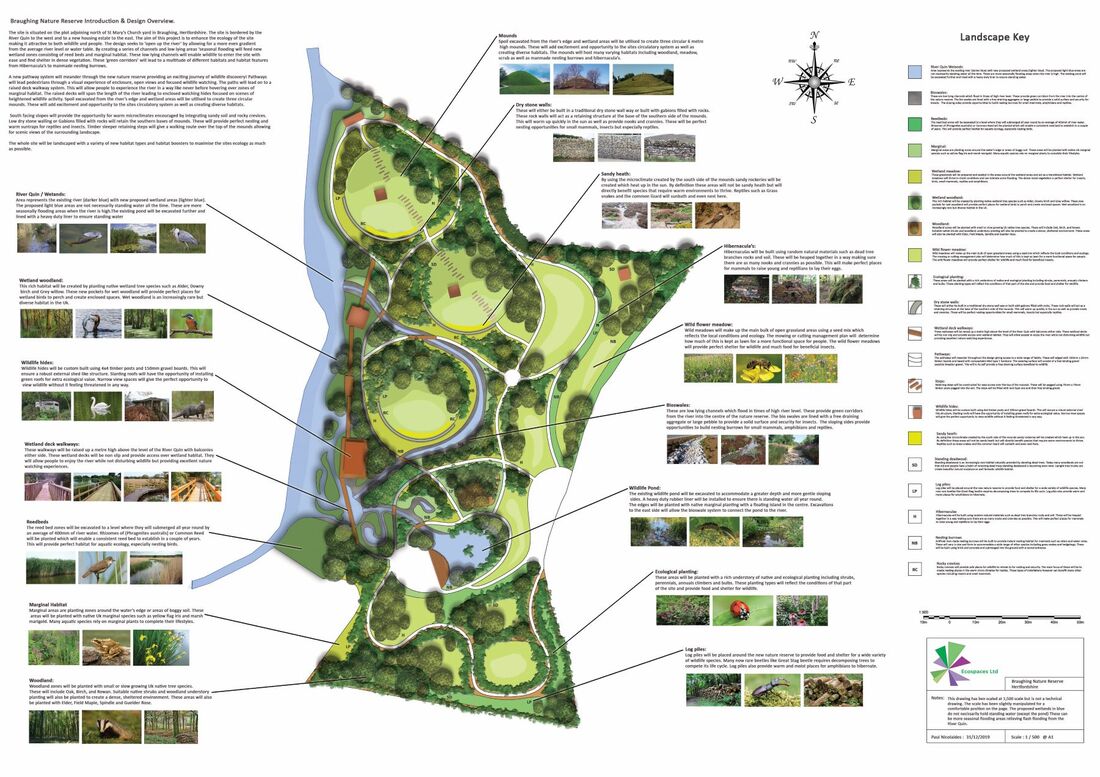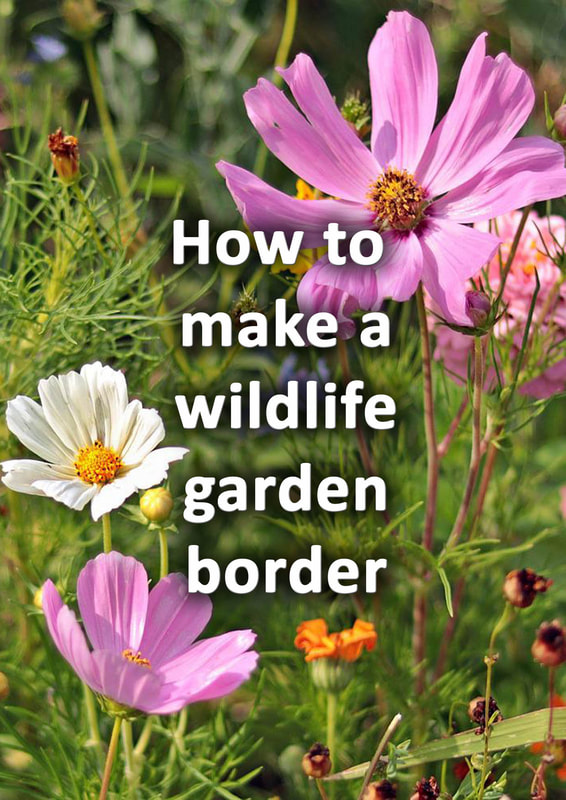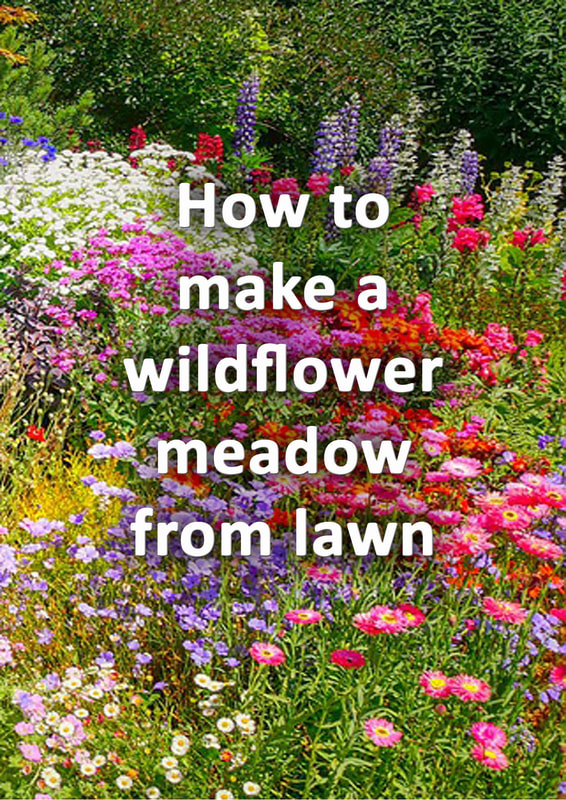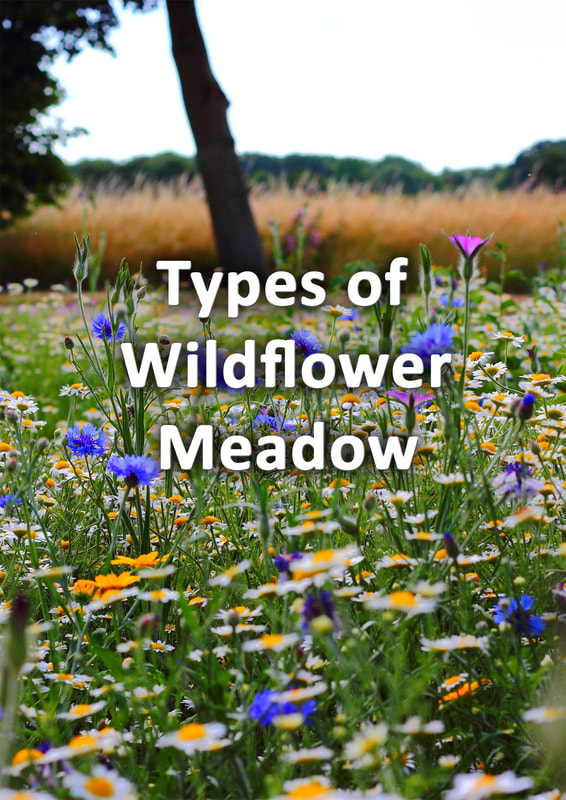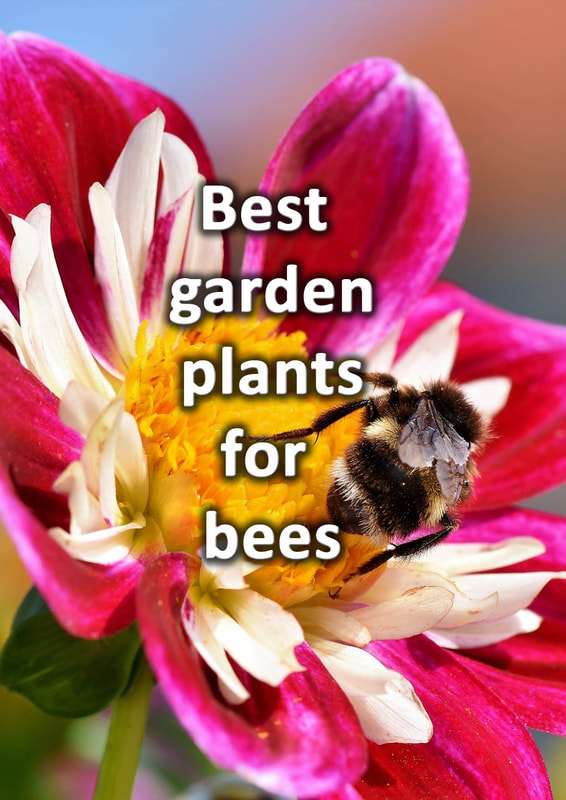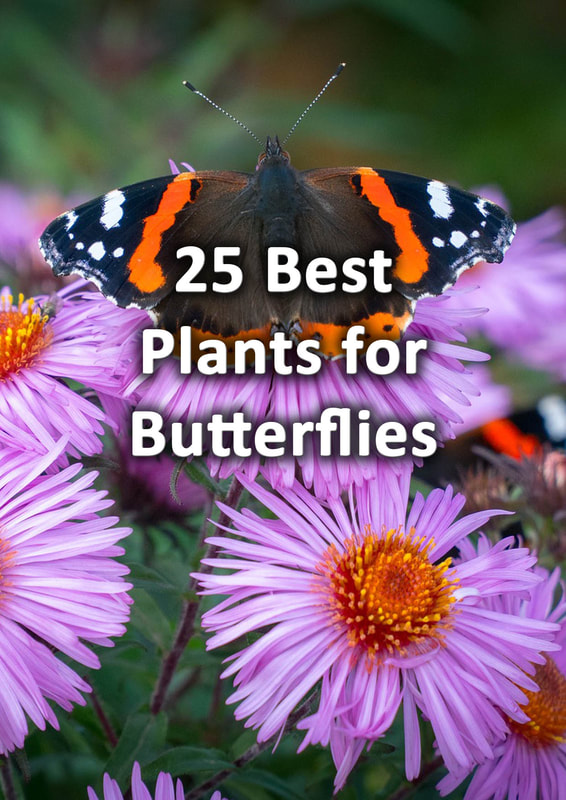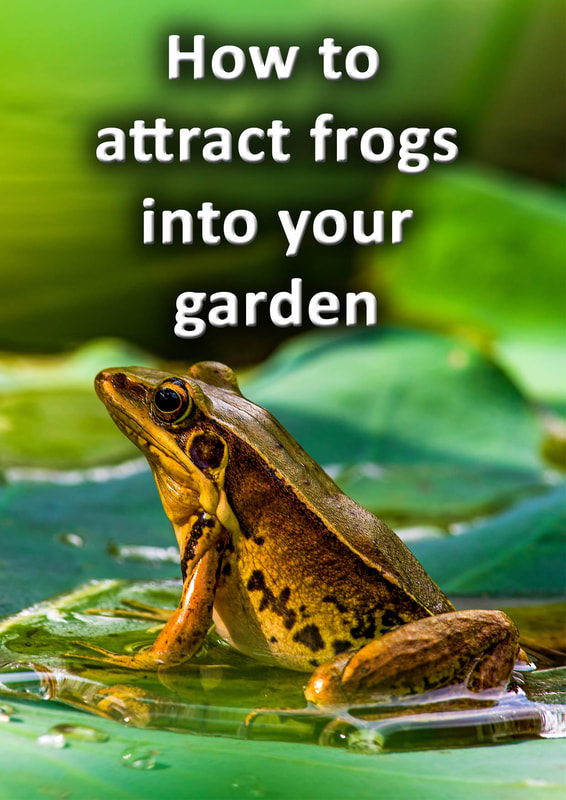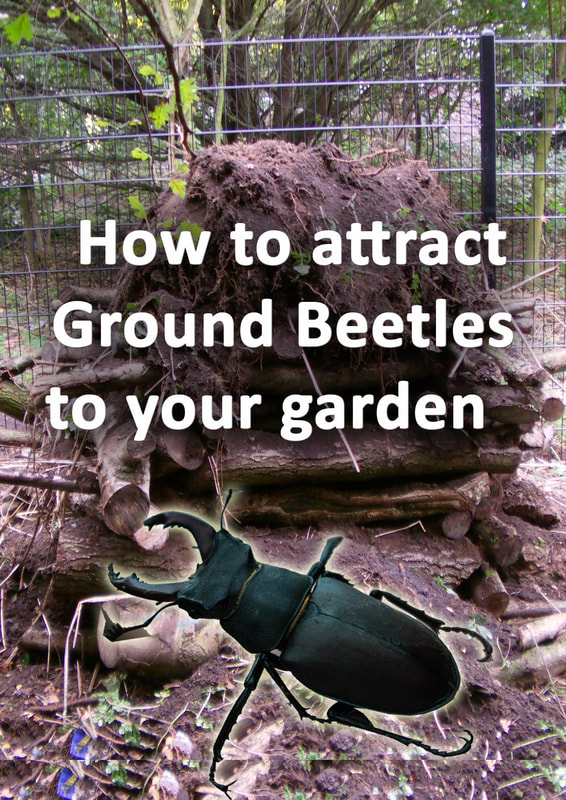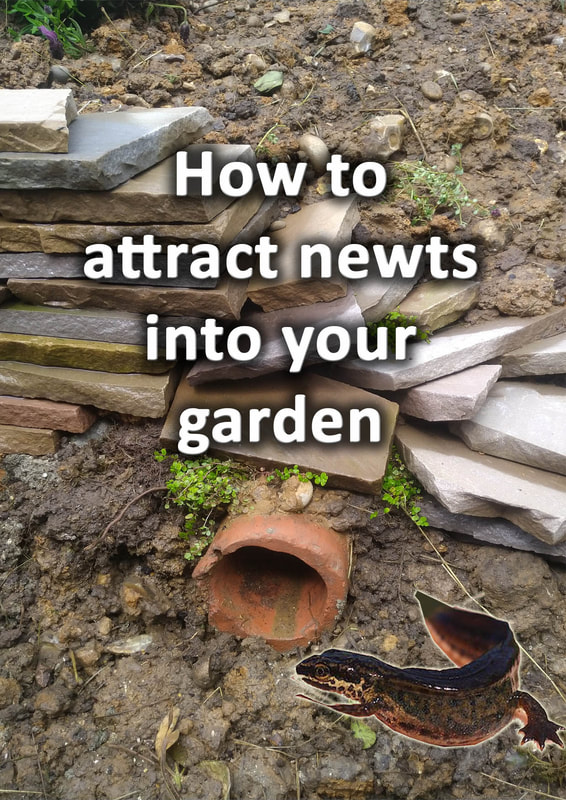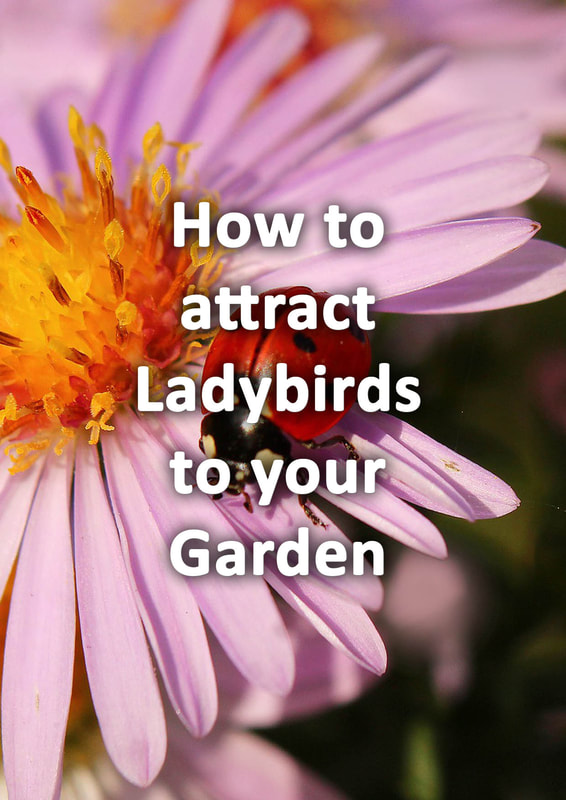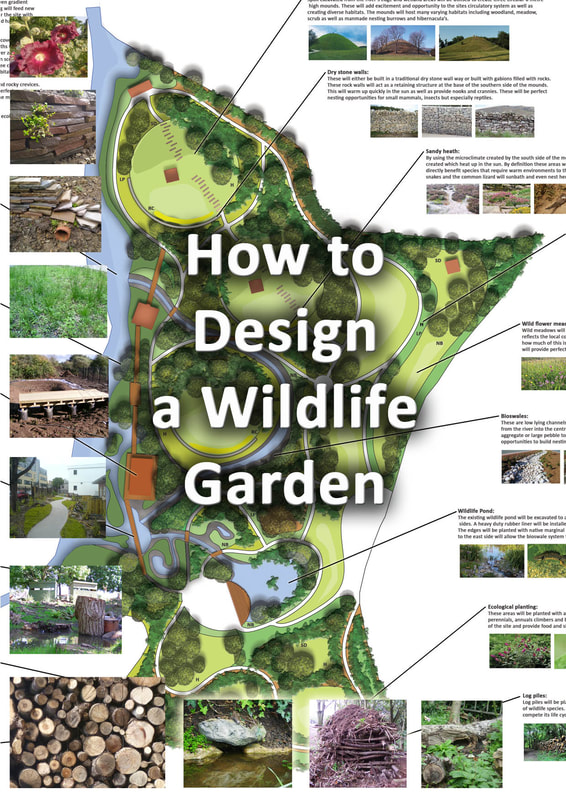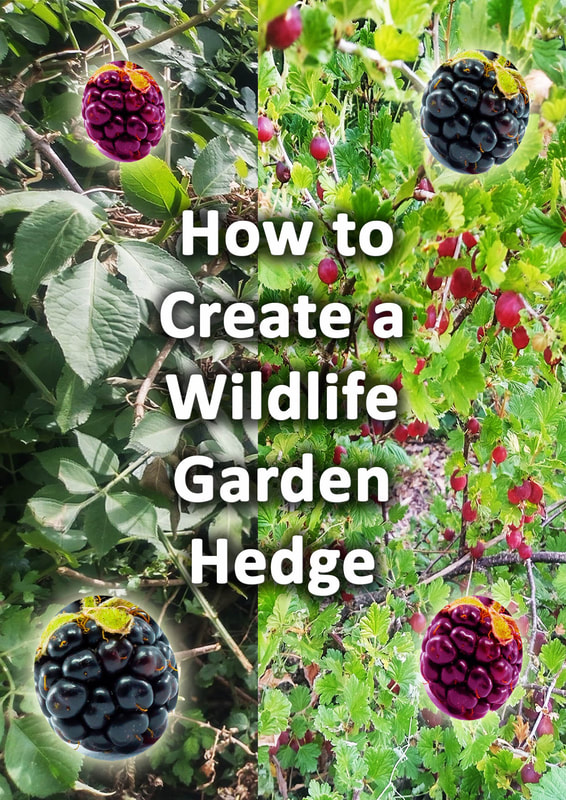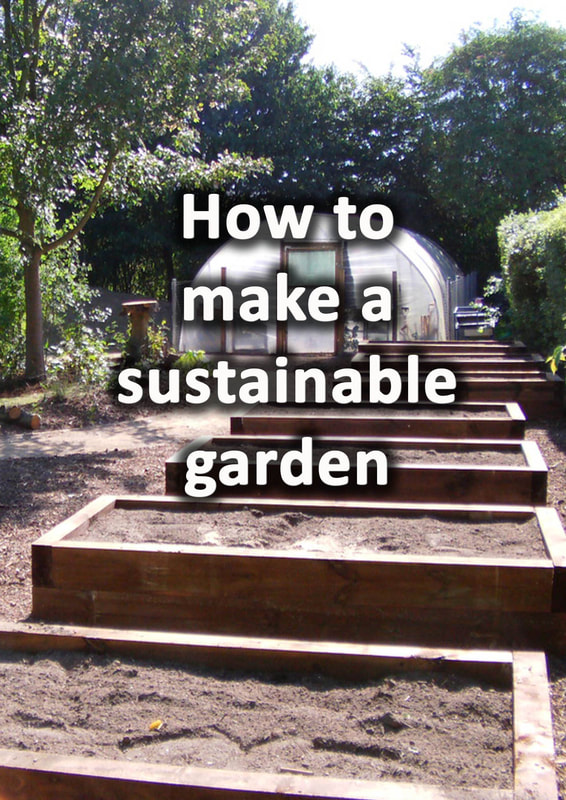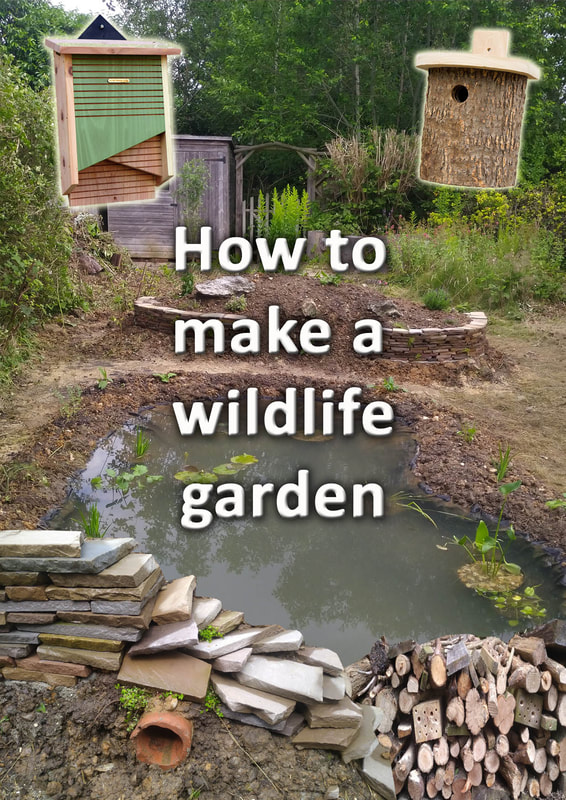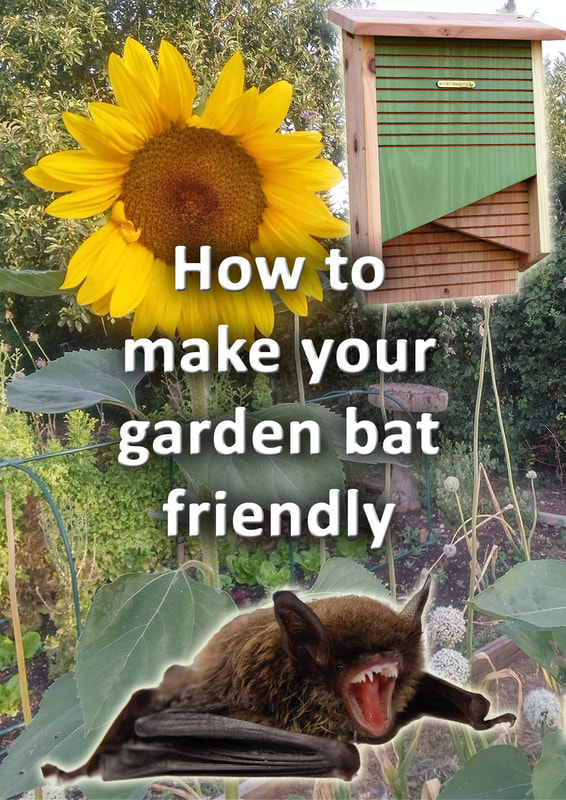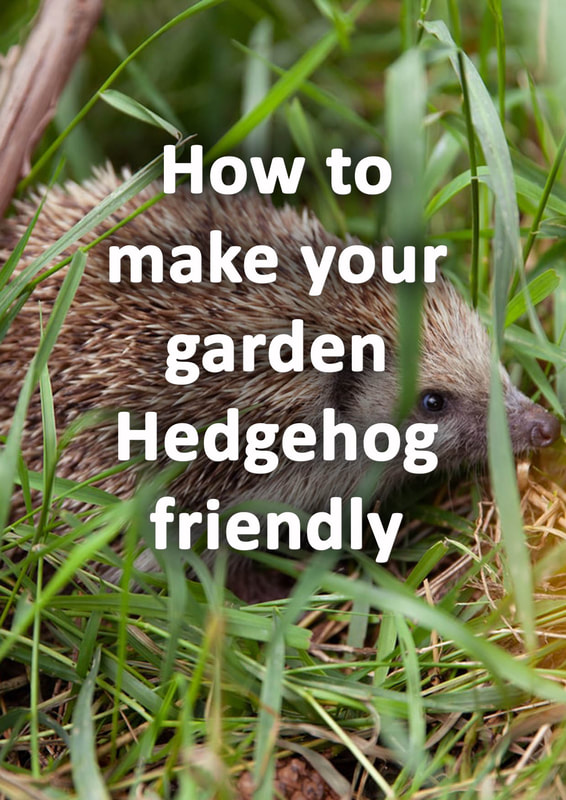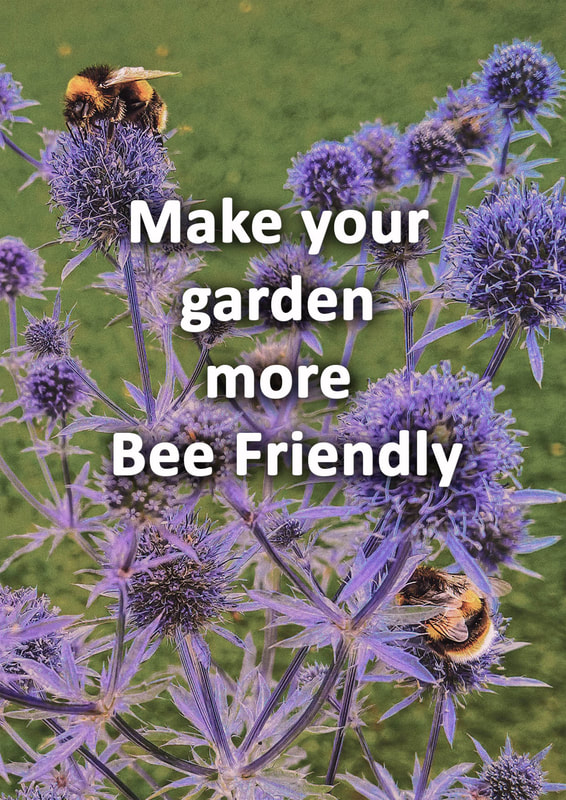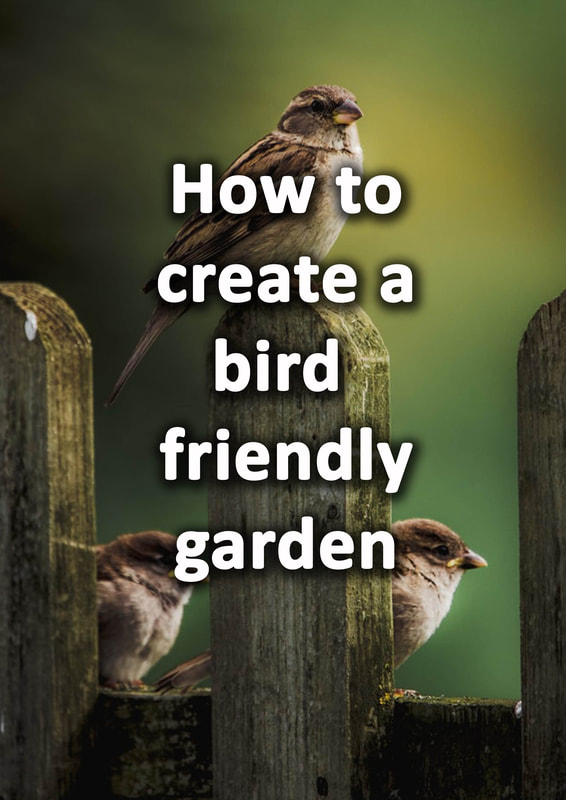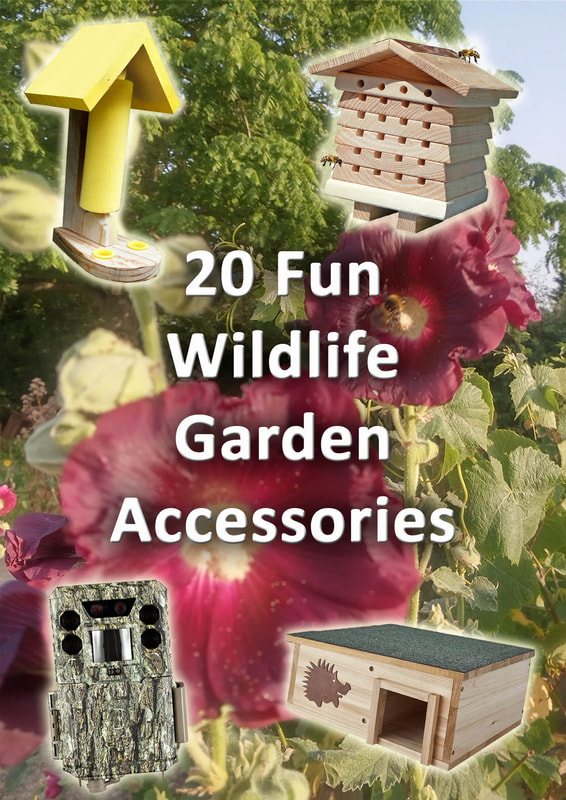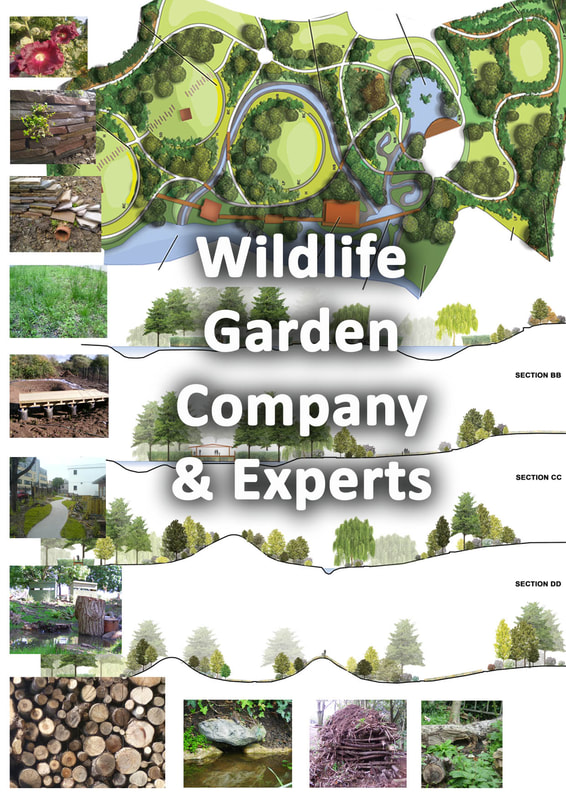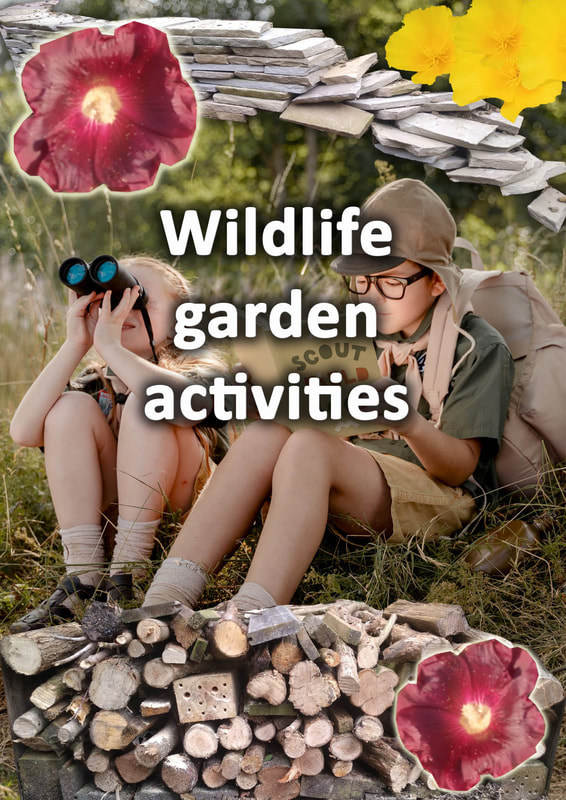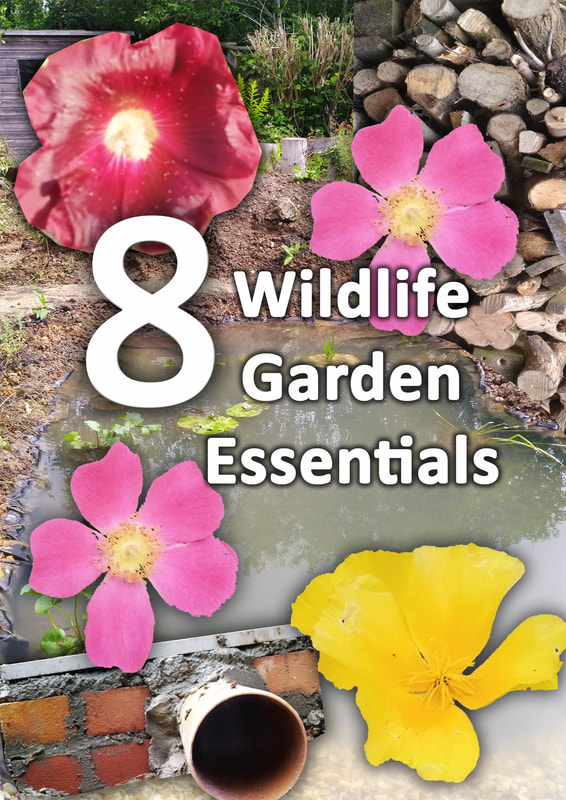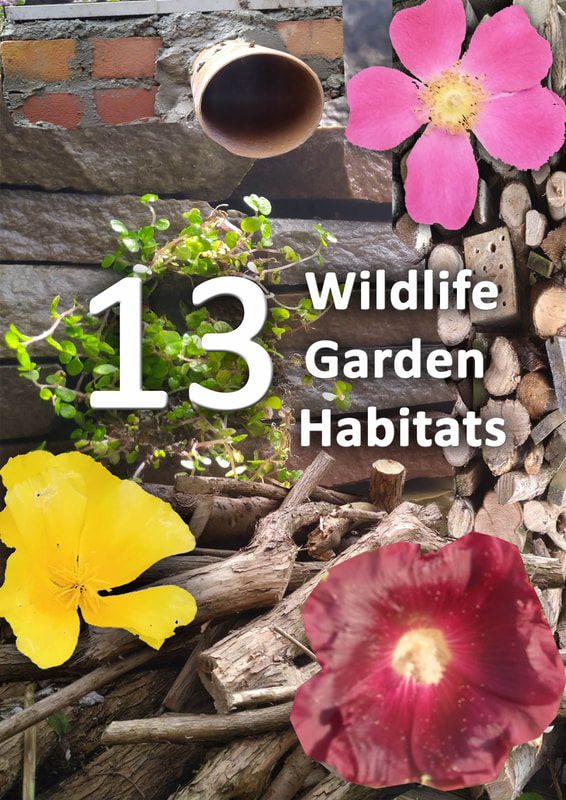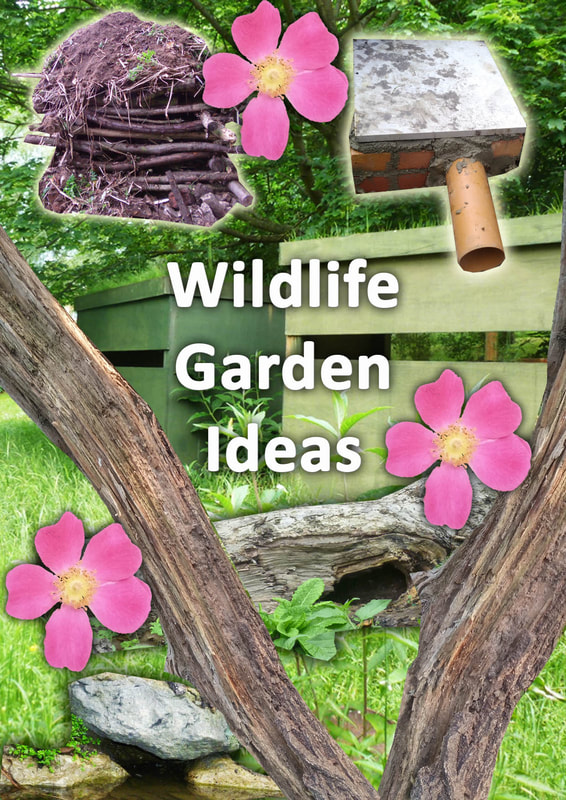|
This article contains affiliate links
Laying wildflower meadow turf in your garden is a great way to encourage local wildlife.
Whether you are planning a wildlife garden or just trying to add more colour to your lawn, wildflower turf is an instant way of creating a beautiful meadow. Generally seeding meadows can be tricky as naturally occurring weeds can outcompete establishing wildflowers. This makes wildflower turf such an easy and exciting way to bring nature into your yard. However, it is important to plan and make the suitable preparations before laying your turf. Wildflower turf is generally 5 times more expensive than traditional lawn turf. This means you want to give it every chance of being successful once it is laid. In this article I will explain how to lay wildflower turf step by step with pictures. I will also explain in some pre-meadow planning and considerations before your begin. Choosing the correct wildflower mix for youThere is an ever-increasing variety of wildflower turf on the market catering for a wide range of outcomes. If you want to encourage pollinators, you can choose meadow turf with the wildflowers they love! There are meadow turfs such as the ‘Meadowmat birds and bees turf sold by Turfonline’. You may have a garden with a considerable amount of shade meaning you may consider awoodland meadow wildflower turf. If you are going for maximum colour you may wish to go for a floral focus wildflower turf. For more information on the different types of wildflower meadows visit our article here.
Meadow mats contain no grasses at all being solely comprised of dozens of wildflower species. These are visually effective for feature beds and borders or around outdoor focal points.
There are even turf varieties catering for varying styles such as cottage gardens and heritage landscapes. Before choosing meadow turf you may want to consider what you want to achieve with your meadow first! Understanding your site
If you are planning on laying meadow turf you will wish it every chance of establishing with success. Therefore, you will have to understand your site and the characteristics of the proposed meadow site. Most meadows require a reasonable amount of daytime sunshine or at least 6 hours. If your site is particularly shaded, you may wish to cut out surrounding vegetation. Alternatively, you could lay a woodland glade meadow turf. Try to get a feel for what your soil conditions are like throughout the year. Is your meadow site boggy during the winter? If so you may want to improve the areas drainage or lay a wetland meadow mix. If you’re proposed meadow has hilly or unstable ground, you may want wildflowers with robust root systems. There are wildflower meadow turfs which can mitigate both boggy and undulating soil conditions. A good example of this is Turf online’s ‘SUDS and slopes wildflower meadow turf. Linking wildlife habitats with wildflower turf
If your new meadow is a part of a wildlife garden you may want to maximise its habitat potential. Wildflower meadows create plenty of food and shelter for many species of wildlife. Therefore, meadows are an effective way to link up other valuable habitats around the garden. Elements such as wildlife ponds, compost heaps, hibernaculas, dry stone walls, log piles and flower borders can all be linked by strips of meadow turf. Most wildflower turf comes in one metre rolls which can be rolled out in a linear pathway connecting other features. They can run along the edges of existing lawns and flower beds. How do you prepare the ground for a wildflower meadow?
You will need alleviate any compaction within the ground and work the soil to a loose and granulated texture. You will also need to dig out any thick roots of perennial weeds and grasses. Wildflower meadows require nutrient poor soil so if you have dark and fertile soil you will need to reduce the fertility.
This can be done by mixing in plenty of sharp sand to the top 100 mm of the soils surface.
Such will also improve the topsoil’s workability and drainage capacity, perfect for laying wildflower turf! The soil can then be raked to a level and even surface ready for rolling out your new meadow turf. What do you need to lay wildflower turf?
The most challenging part of laying meadow turf is preparing the ground properly. You may already have sandy and free draining soil which will be easy to prepare.
However, most of the time, you will need to dig over the soil break up compacted clods. These will need to be worked to a crumbly and open texture to achieve a level surface.
The best tools for this work will be; Spades, Shovels, Forks, Mattocks, Grafting spades and mechanical tillers. Why not read our article on the best digging tools and most effective ways to use them.
For laying the turf itself you will need a; Wheelbarrow, Landscaping rake, and old carpenters saw for cutting.
How to lay wildflower turf step by step.
Step1. Remove any visible roots of grasses and perennial weeds
Step2. Work your soil to a loose and workable texture.
Step3. If you have fertile soil work sand into the surface to lower nutrients
Step4. Rake your soil to a consistent and level surface with a landscaping rake.
Step5. Roll out your meadow turf butting it in tightly around the edges.
Step6. If you are laying to edges which are not square overlap them and cut neatly to shape.
Step7. Lay your turf with staggered joins like brickwork so it knits together well.
Step8. Don’t stretch individual turfs out too much try to lay it densely to avoid shrinkage.
Step9. Avoid very small cuts to edges these can easily dry out in hot weather before establishment.
Step10. When the meadow is laid give it a good drenching with a water sprinkler until it is saturated.
Step11. Using long and wide planks walk up and down the turf to board it in. This forces the turf to make good contact with the soil beneath.
Step 12. Keep the turf well-watered for the next three weeks during dry spells.
Wildflower turf maintenance to establishment
Once your wildflower turf has been laid, you will need to keep it moist for the first 3 weeks. This is especially so during the warmer, summer, months. The best time of the year to lay a meadow is the autumn time. During this period of the year grasses and perennial wildflowers are slowly going into winter dormancy.
There is still enough warmth for roots to establish but with minimum stress from strong sunlight.
During the first year keep an eye out for the germination of perennial weeds and tree saplings. Pull these out before they become established. Your meadow can be cut the following March to encourage robust root development. The meadow can be cut once or twice a year depending upon the wildflower mix or your personal, preference. How long does wildflower turf take to grow?
Wildflower meadow turf will start to develop roots straight away. After about 4 weeks the roots should have penetrated firmly into the soil. If you lay your meadow turf in early spring or summer it could reach knee height in its first season. This means your meadow could be about 600mm in about 4 months time. If your meadow is laid in late summer or autumn it will grow up to 600mm by Late spring. Below we have included an image of wildflower meadow turf we laid along a pond edge. The turf was laid to a raised wildlife pond with a slope access. How long does wildflower turf last?
From taking delivery of wildflower turf it is best laid the same day or within a minimum of 24 hours. How long your turf remains in good condition rolled up however does depend upon the time of year. During colder months turf is dormant with cool temperatures preserving rolled up turf for longer. However for best results lay within 24 hours. How long do wildflower meadows last?
Wildflower meadows can last for centuries if they are regularly managed with seasonal cutting. Newly laid meadow lawn already comes with perennial wildflowers and grasses which will grow back every year. As long as your soil conditions and site is beneficial to the species contained your meadow will last for many years. However, meadows which are centuries old have undergone their very own historical evolution of natural succession. Wildflowers adapted for the surrounded environment have naturally pioneered and dominated those meadows. Over time you may find the species tapestry within your new meadow adapts and changes over time. How do you look after wildflower turf?
Once wildflower turf is laid make sure it is watered well until its roots establish. Once it is established and growing well weed out any rogue perennial weeds or tree saplings which appear. Cut your meadow at least one a year to prevent the meadow turning into scrubland. Make sure all cuttings are removed from the surface to prevent nutrient build up. To add annual flowers to the meadow such as field poppies, scarify the meadow in spring and scatter annual wildflower seeds. Wildlife garden & Meadow Services
Buckinghamshire landscape gardeners are experts in wildlife garden design and construction. Acting as the domestic landscaping part of Ecospaces we have over 20 years' experience in ecological landscaping and sustainable construction. If you are interested in our wildlife garden services, please do not hesitate to contact us. Our wildlife garden services include:
|
The Author
|
Landscaping services across Buckinghamshire, Amersham, Aylesbury & High Wycombe
Hyde Heath, Amersham, Buckinghamshire |
|

